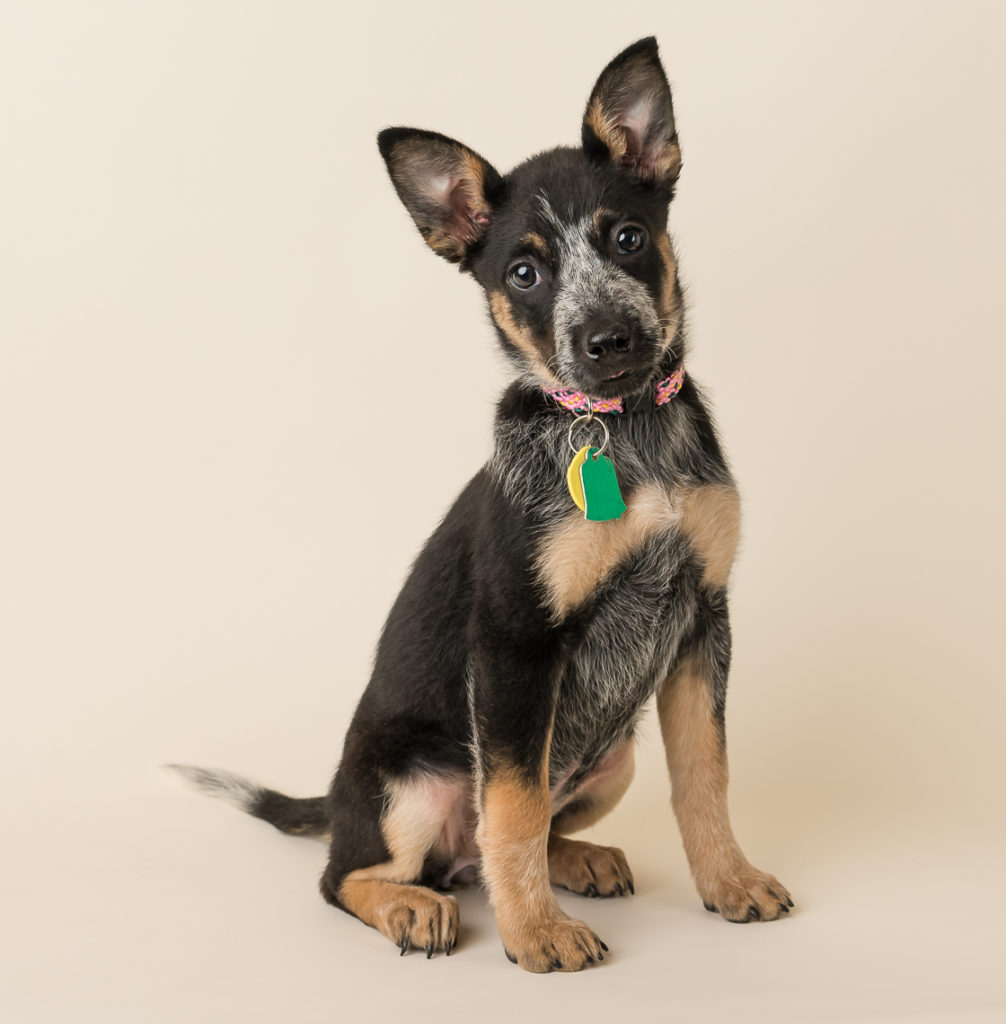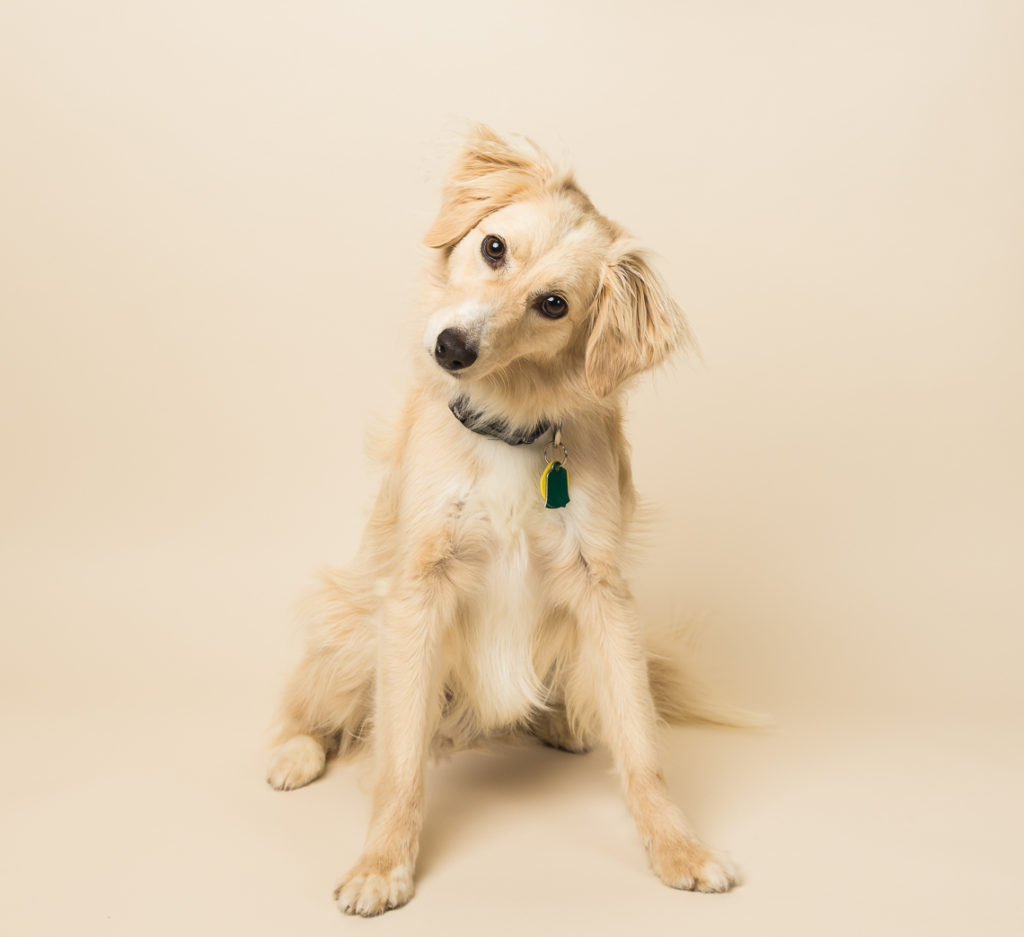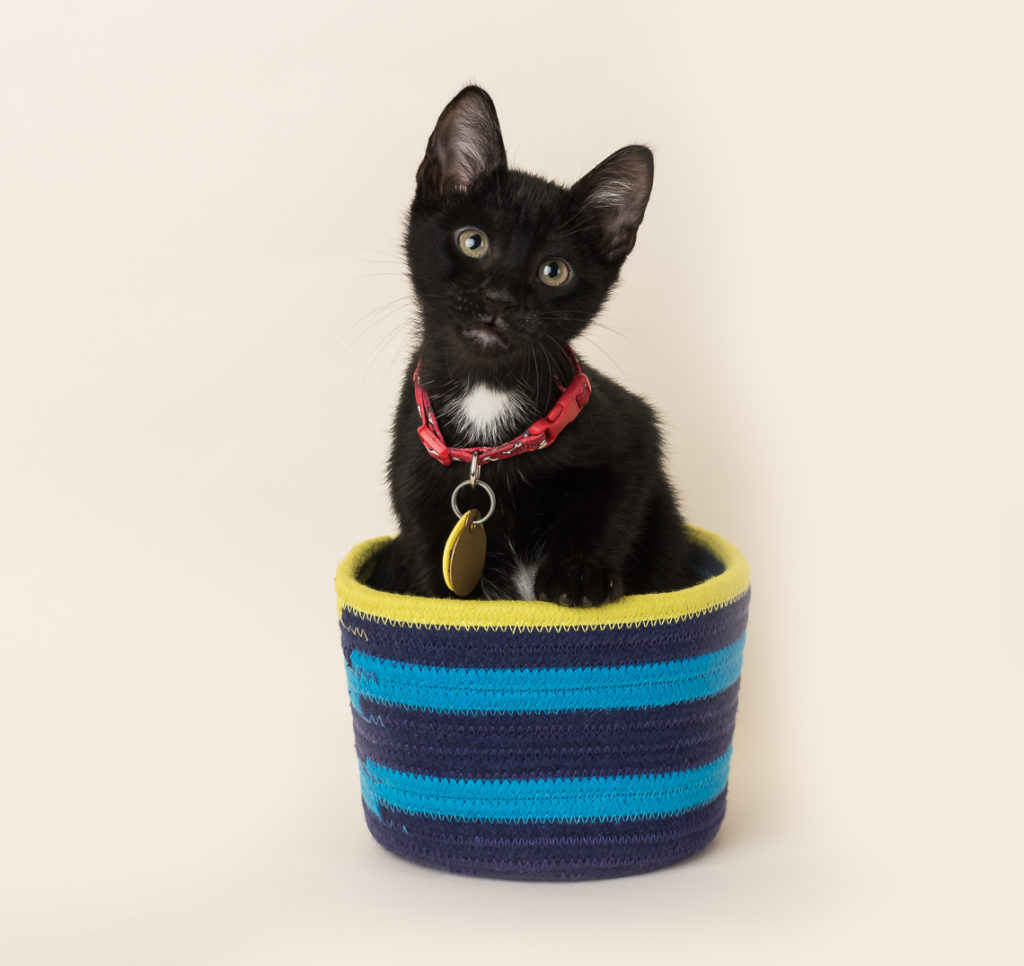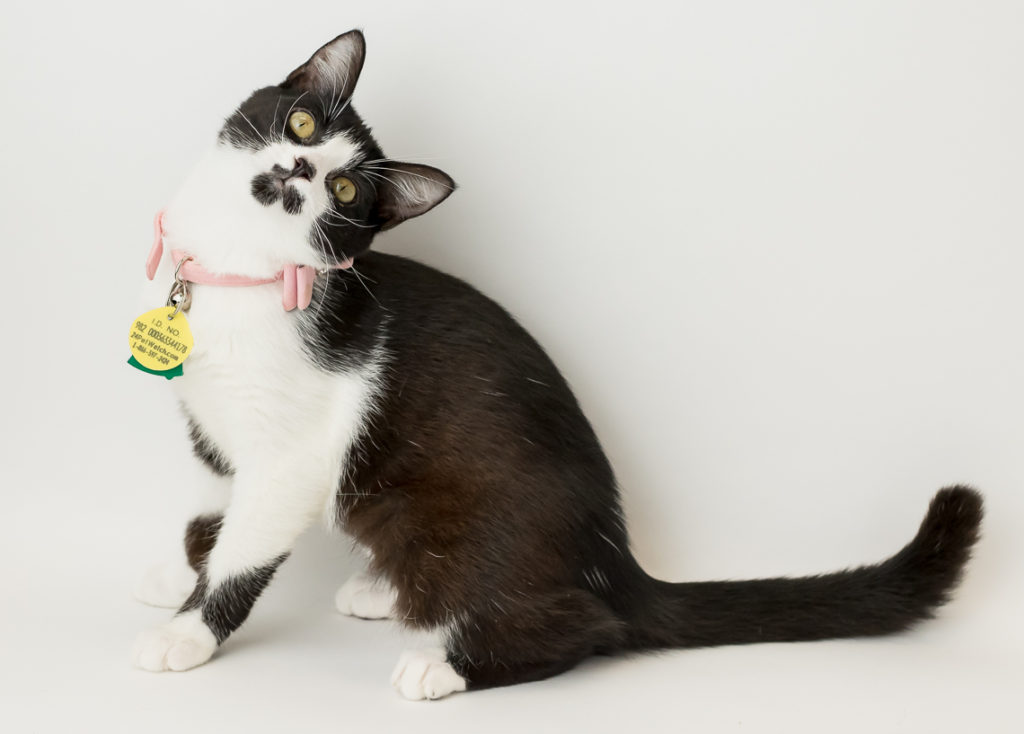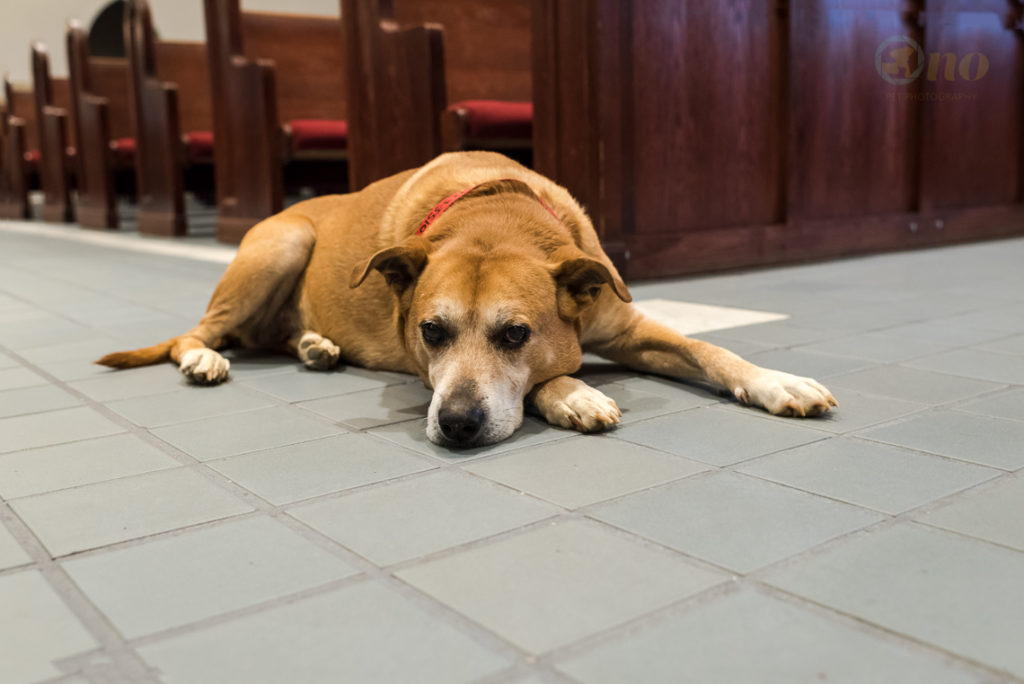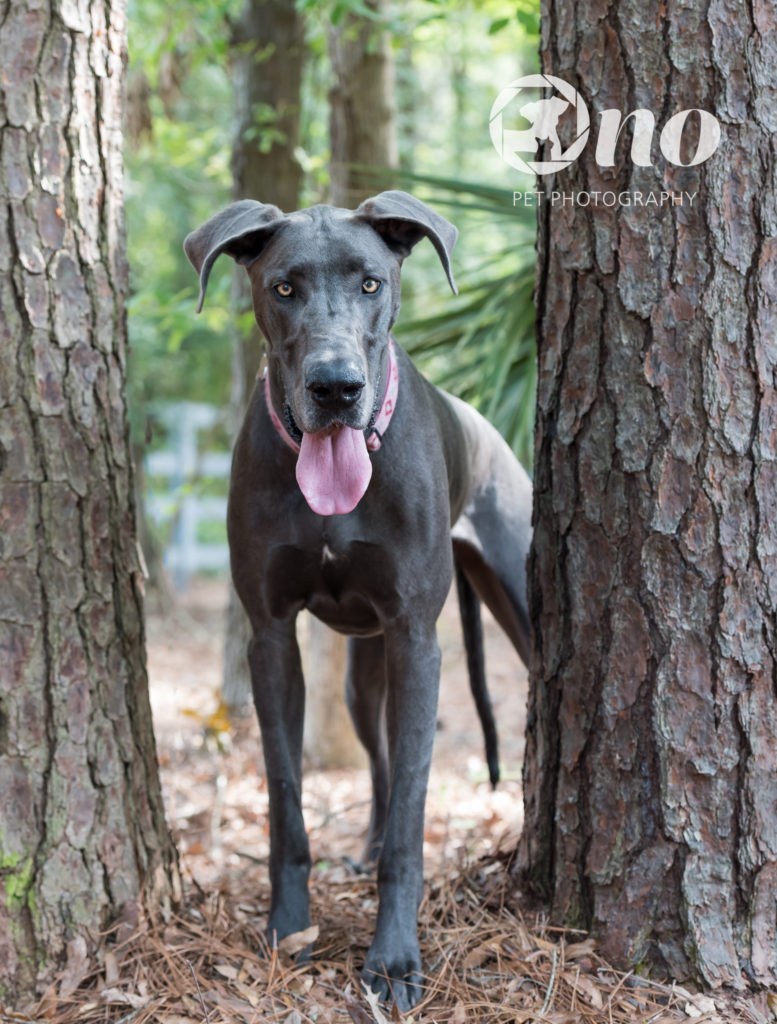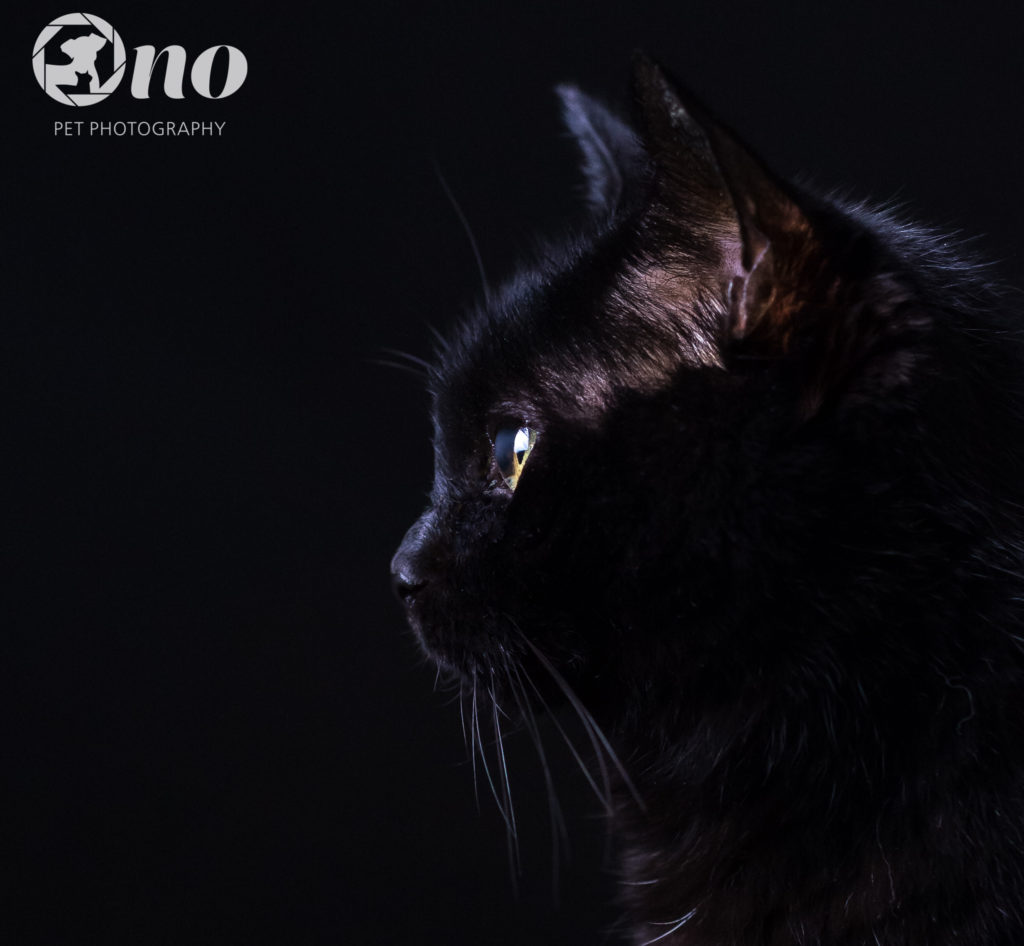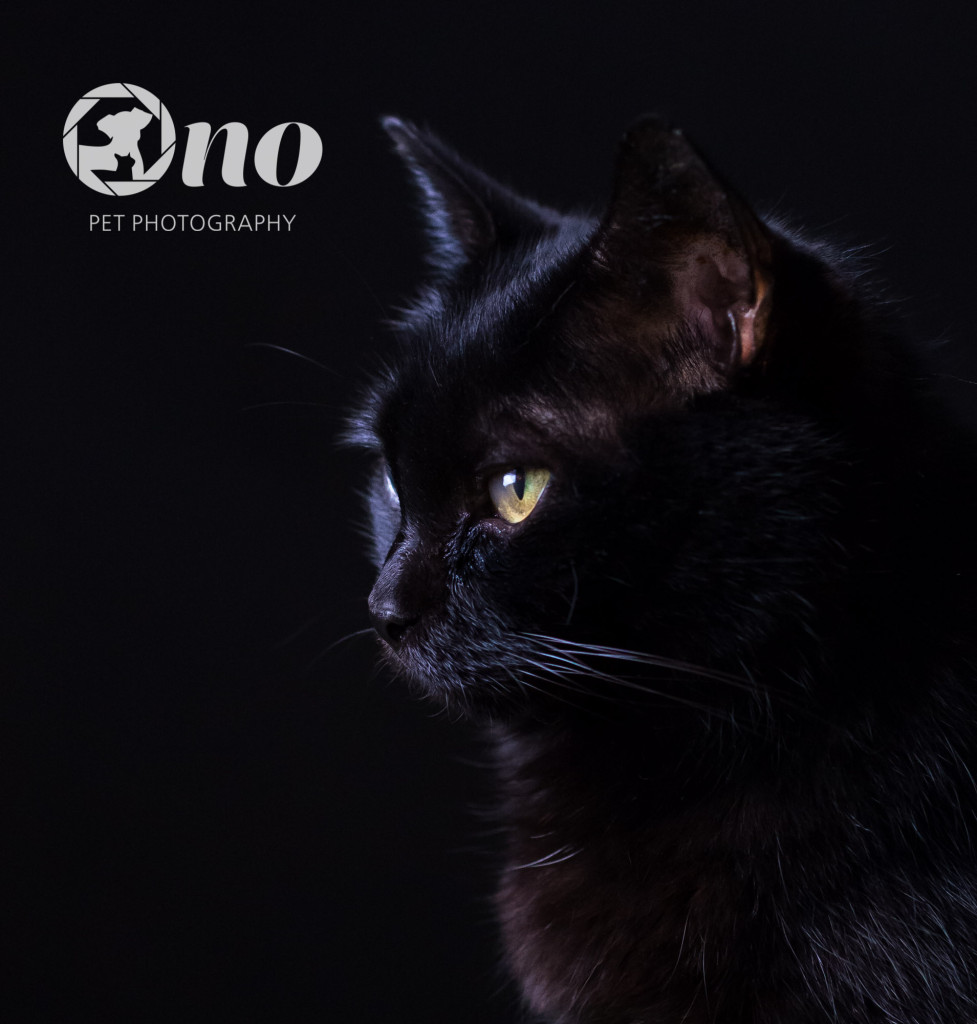It’s been a while since I’ve been here. Found out my blog was damaged, if that’s the proper way of explaining it. Finally, everything is on track and I will, hopefully, be regular in my submissions. This week is “Leash Removal.”
When I started taking photos for clients, I felt that everything had to be done in-camera and the heck with all this post-processing. Boy, was I naive. Below is one of my first photos for a client. And, as they say in the South, “bless her heart”, it was of three dogs! It was a challenging session. I was nervous, it was hot, the dogs were moving all over the place. But, I at least did do the right thing by tying their leashes to the gate of the fence.
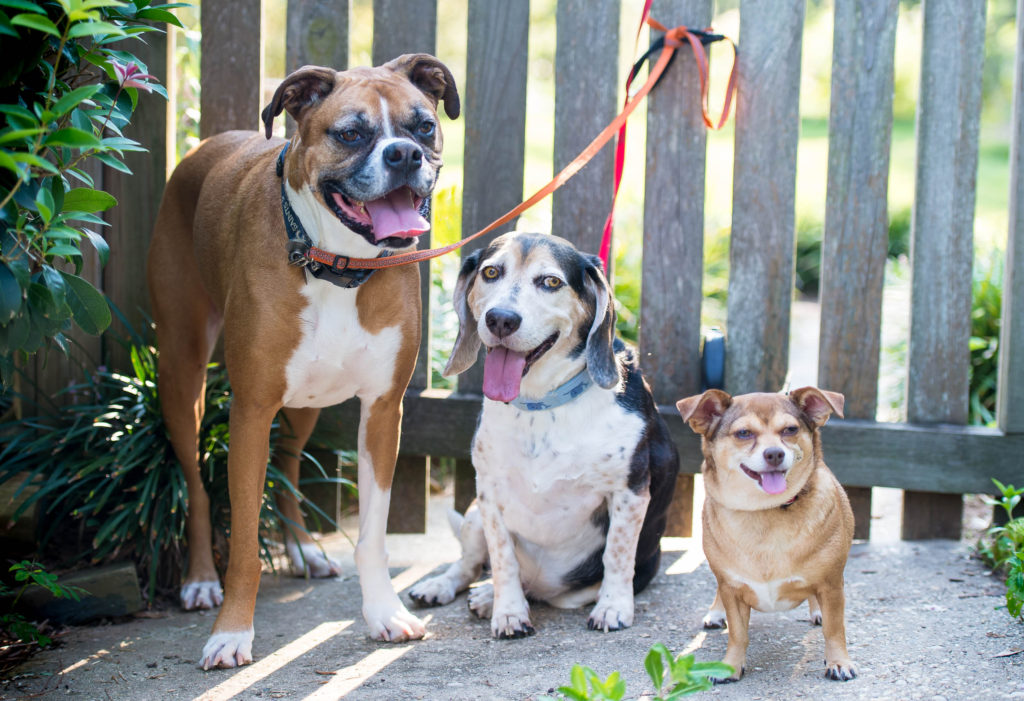
I was delighted that I had captured them calm and looking forward. But then I took a good look. OMG. How am I going to get rid of those leashes. I had never done something like this. I quickly googled some You Tube videos on how to remove them. Fortunately, what I found was Charlotte Reeves’ videos on that very subject. It took me days to remove them. Why days? Well, I would start and be at it for about 30-45 minutes and then get frustrated. Rather than save it (’cause I really didn’t know how to in Photoshop), I just closed and came back later and started from the beginning. Well, I eventually did it and the result is below.
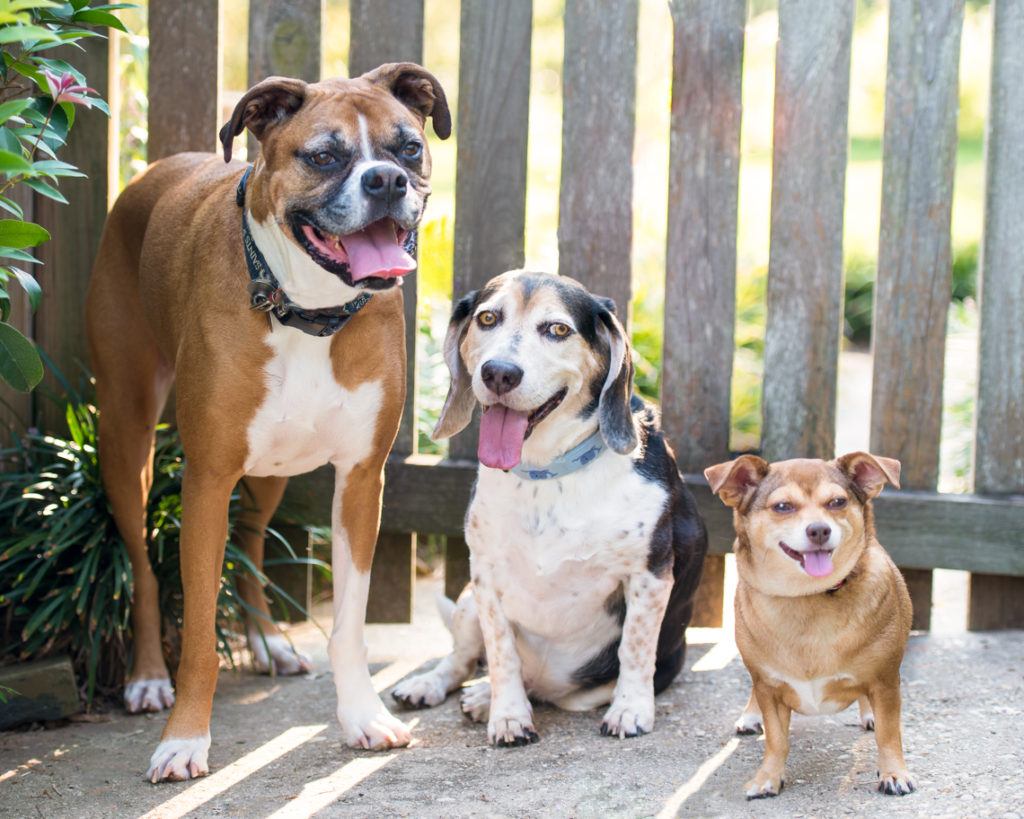
I learned a few things by doing this. First, make sure the leash is behind the dog, not in front. Also make sure that “behind” is at the least visible location, not tied up at the top for the world to see!!! Second, if you have access to a skinnier lead, use it. That’s why I now carry thin show leads whenever I do a shoot. Much easier to remove in post-processing.
Now to a more recent session. I take photos for a local shelter and, once a year, they have a Mardi Gras walking dog parade, complete with a king and a queen. It’s their major fundraiser for the year. Below is this year’s queen. She is young and happy. While she would stand still for a while (thanks to help from the owner), it was especially challenging to place and keep that crown on her head. She would instantly shake her head and knock it off. What we decided was that, as soon as the dog sat, I would give the OK, and my assistant would put the crown on her. As soon as she did that, I would take the photo. What I had hoped was that I would get the photo right after she placed the crown on the dog but had moved her hand away, even if it was only inches from the dog. While the dog’s expression here is great, she is looking up and very regal, it wasn’t exactly the way I had hoped. I needed to remove, not only the leash (note, it’s a thin show lead), but my assistant’s hand. But it didn’t take me days. In no time, it was done.
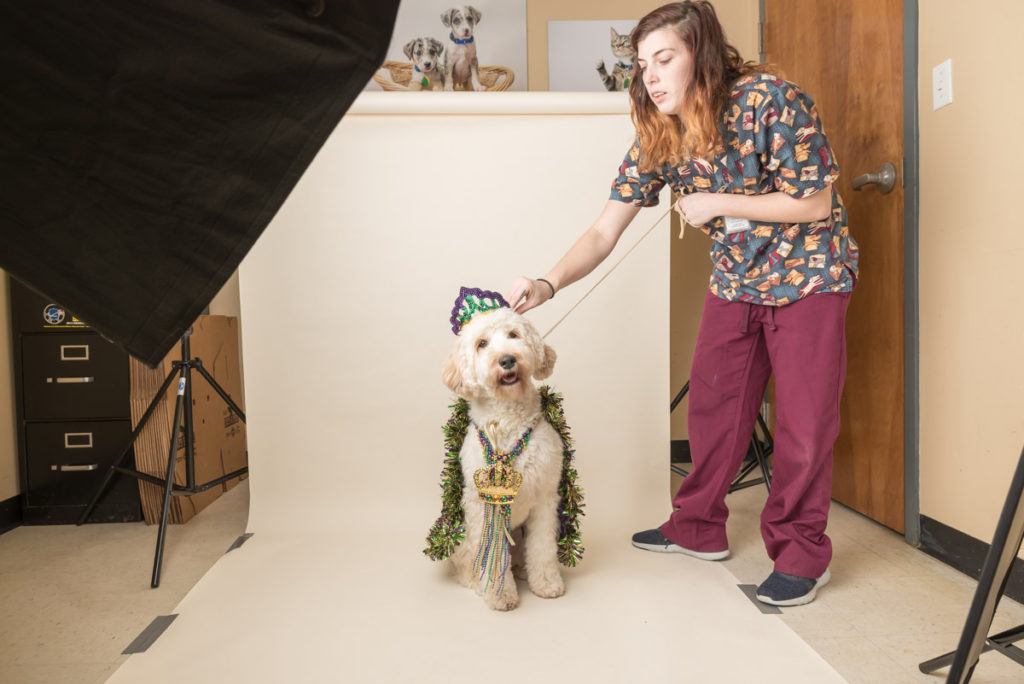
Below is the post-processed photo. Other than removing the leash and hand, there was very little to do. Looking back on where I was several years ago shows me how far I’ve come. I really need to do that more often.
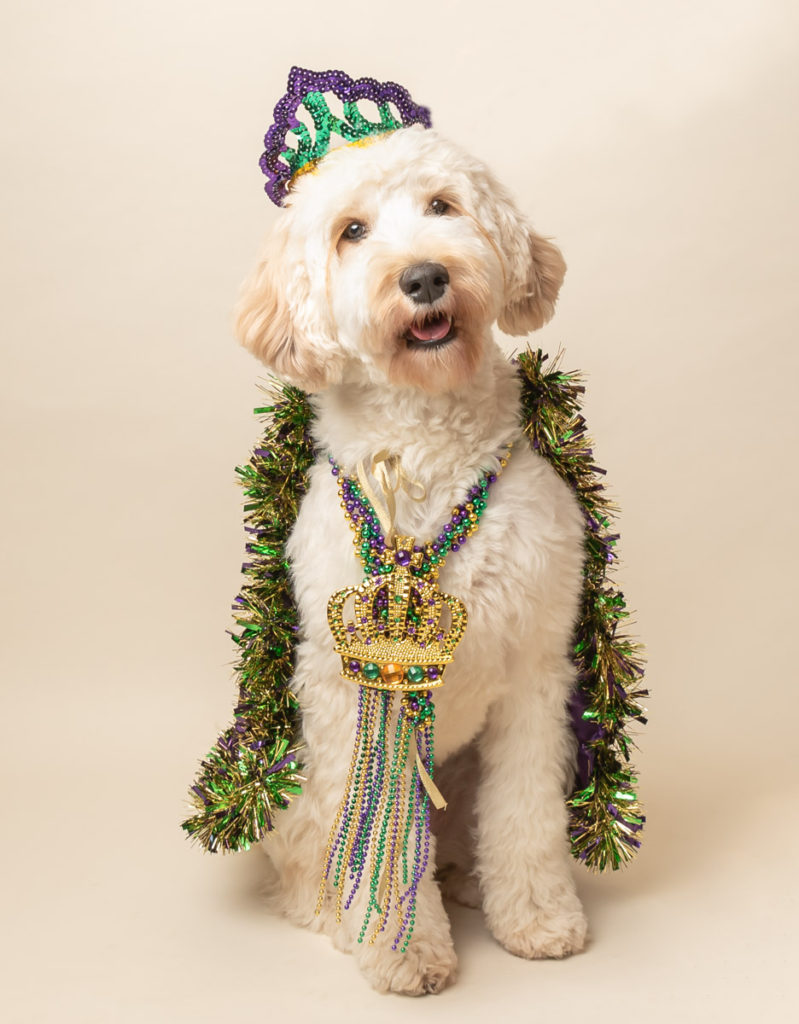
Let’s roll on to Pet Love Photography, serving Greater Cincinnati, the San Francisco Bay Area, and destinations nationwide and see how she removed her leashes.

